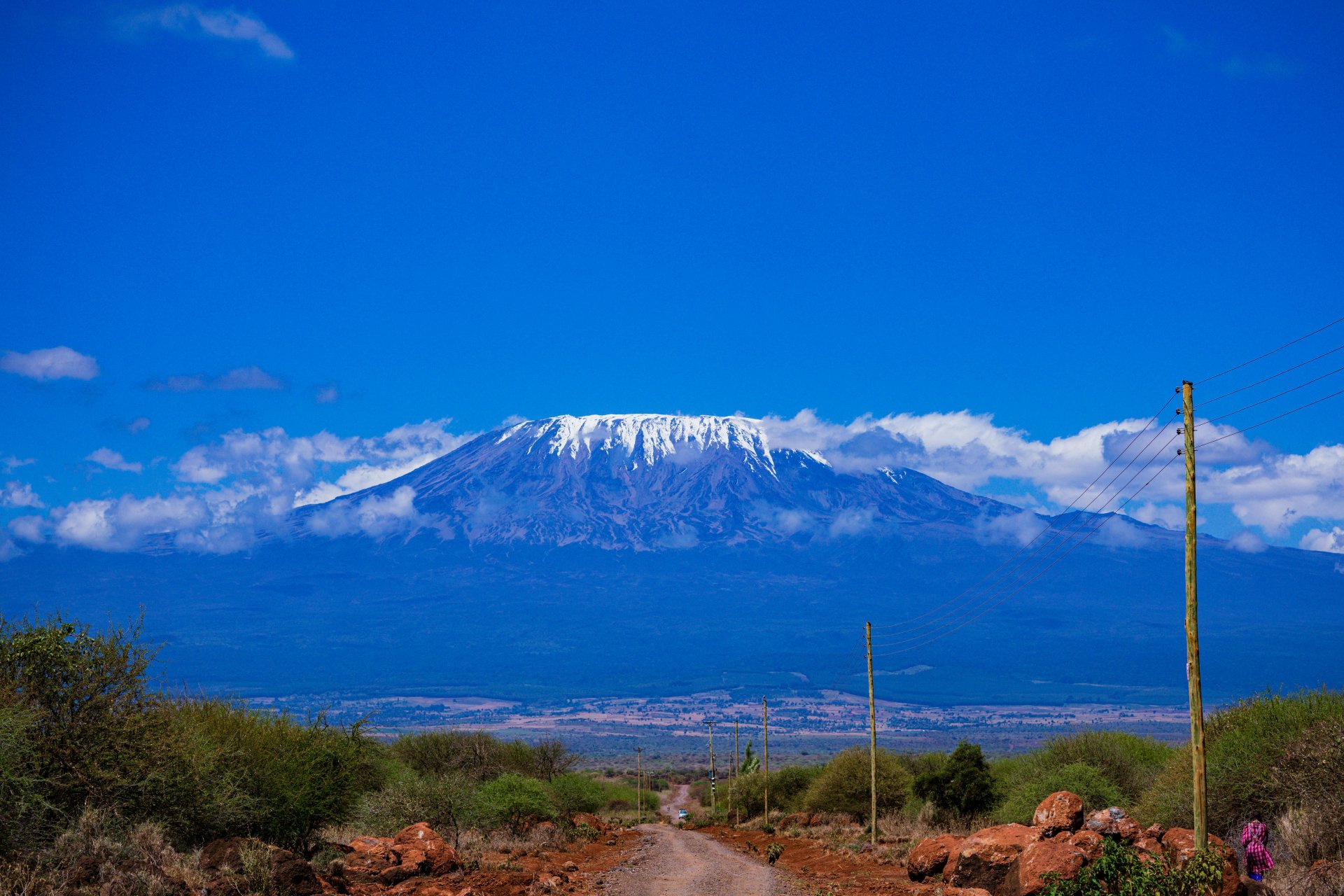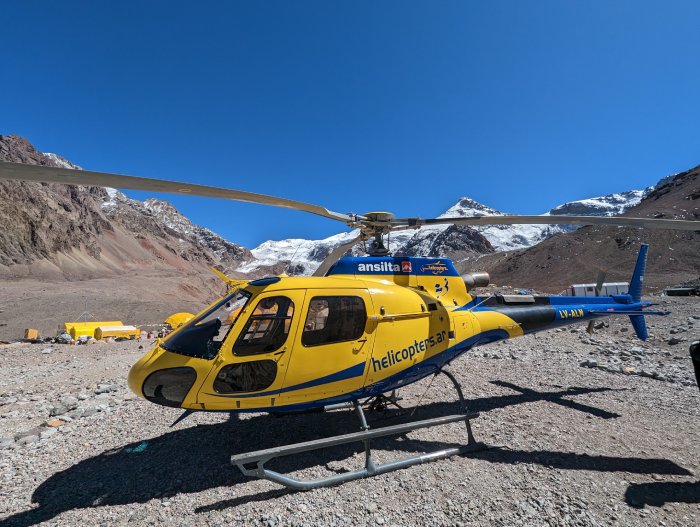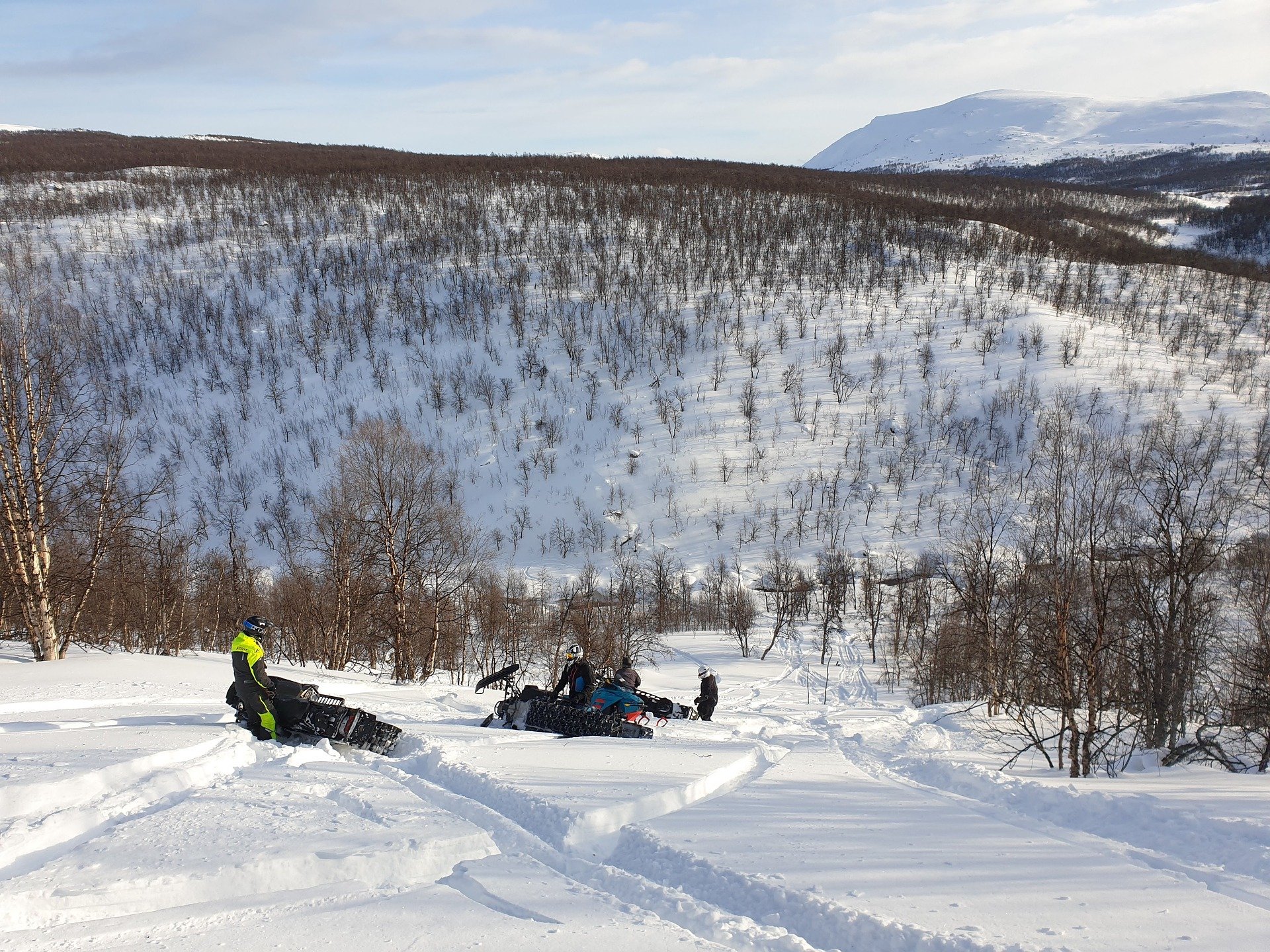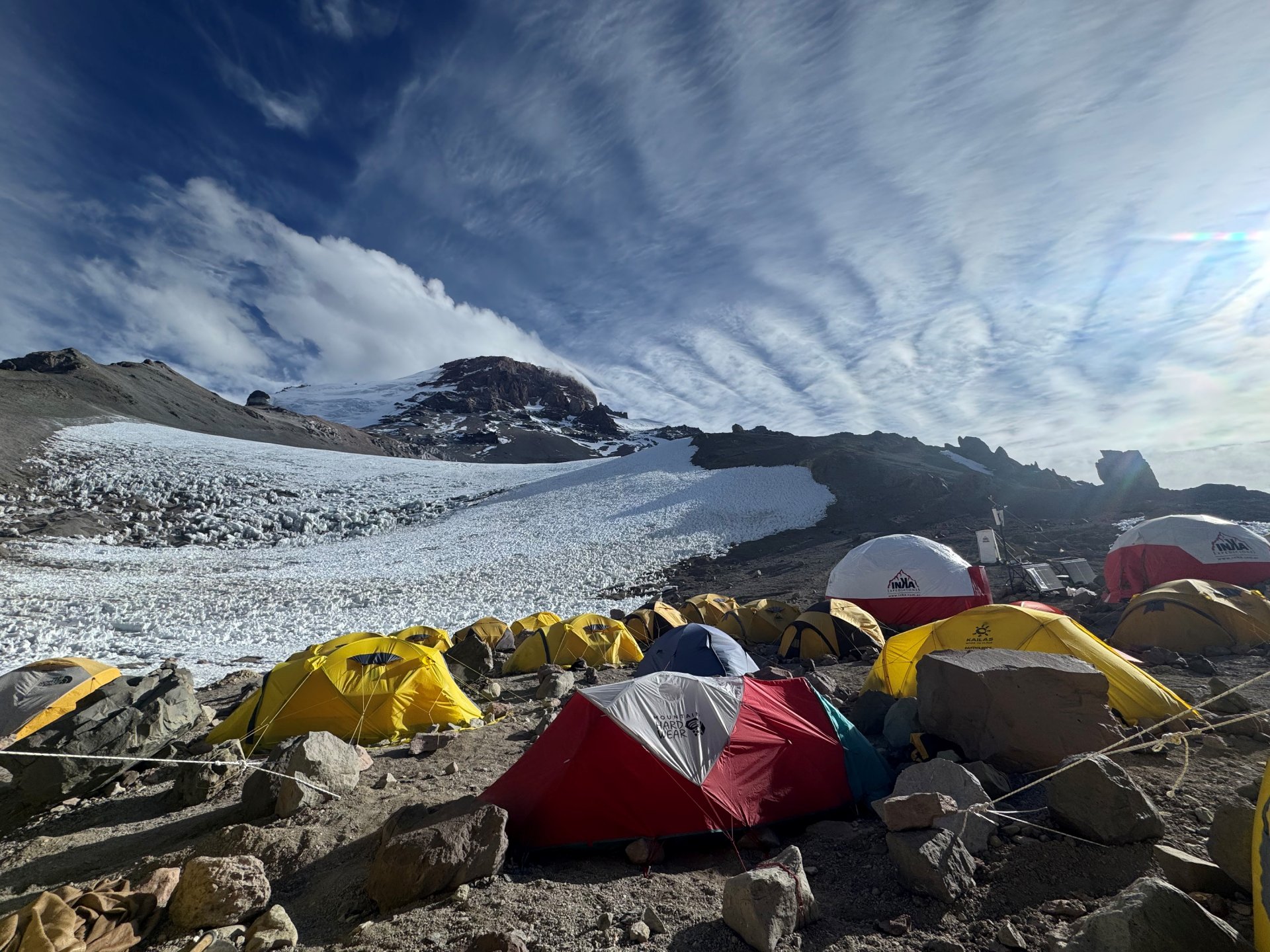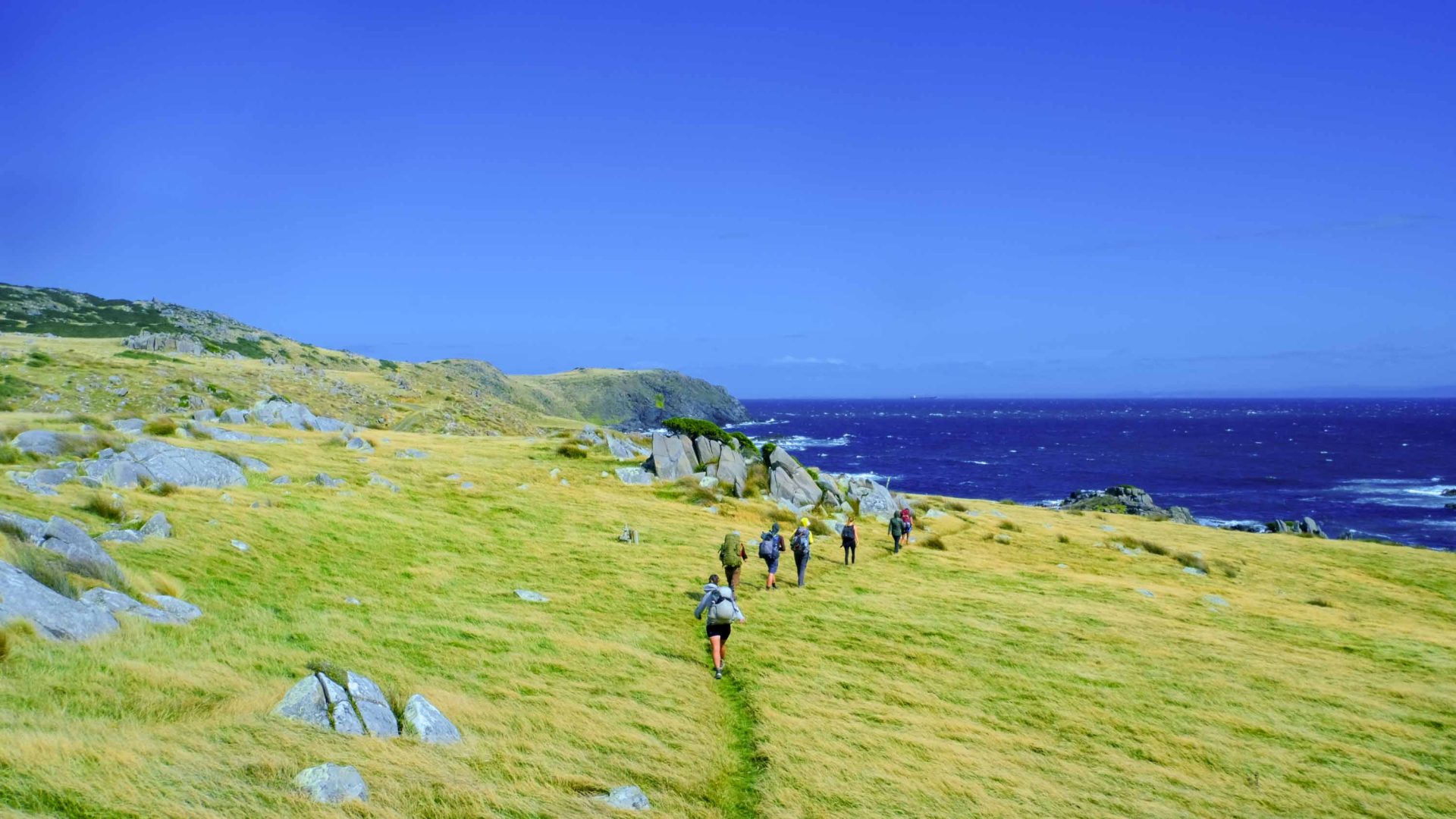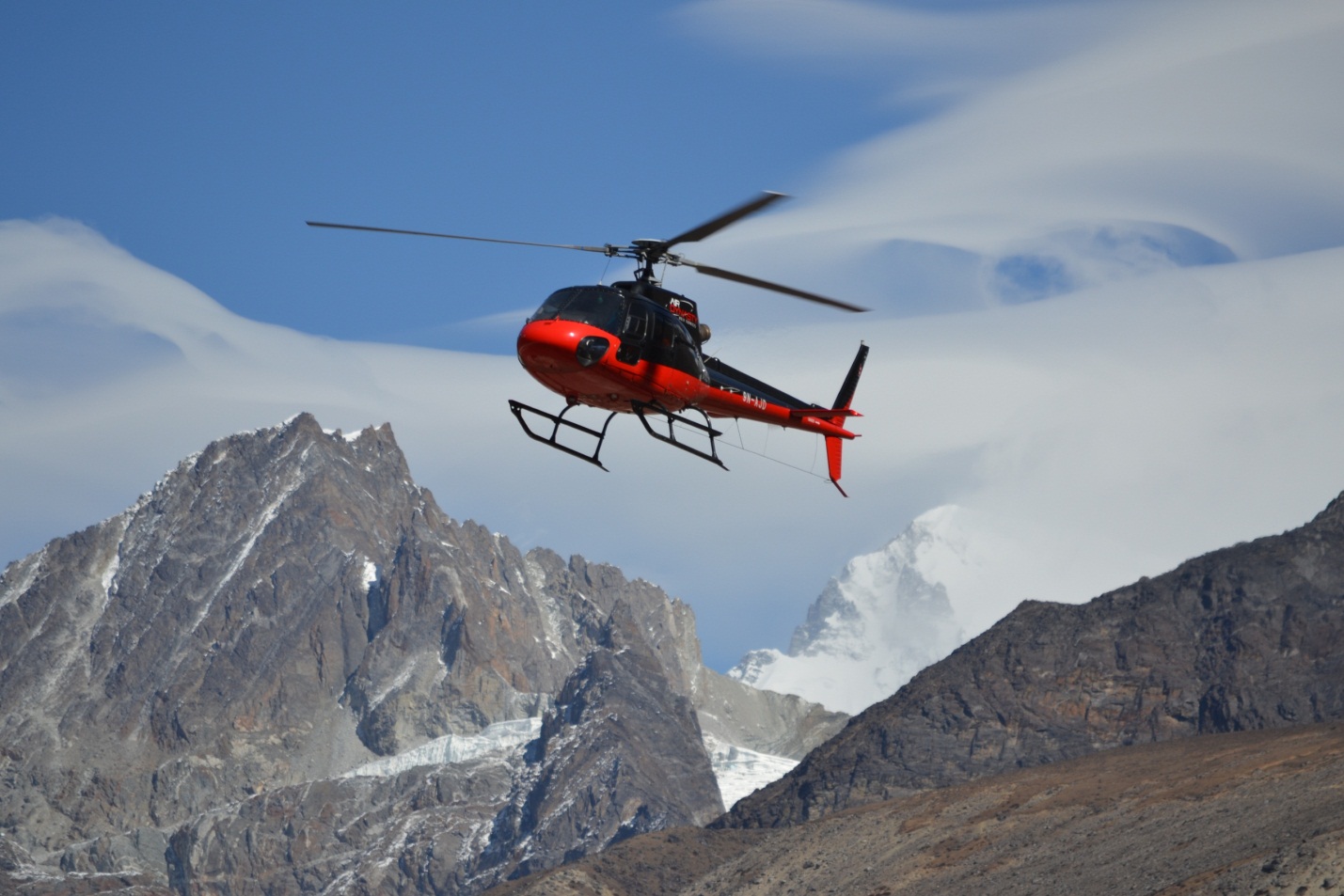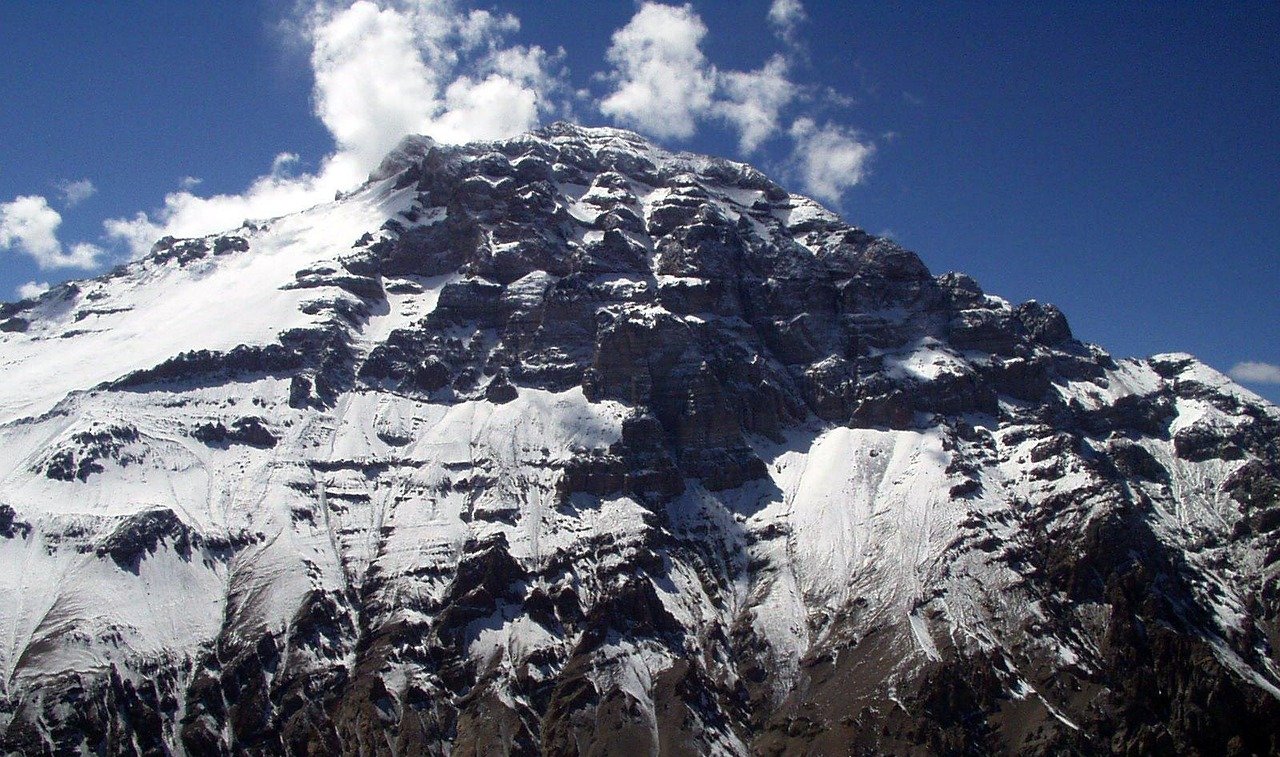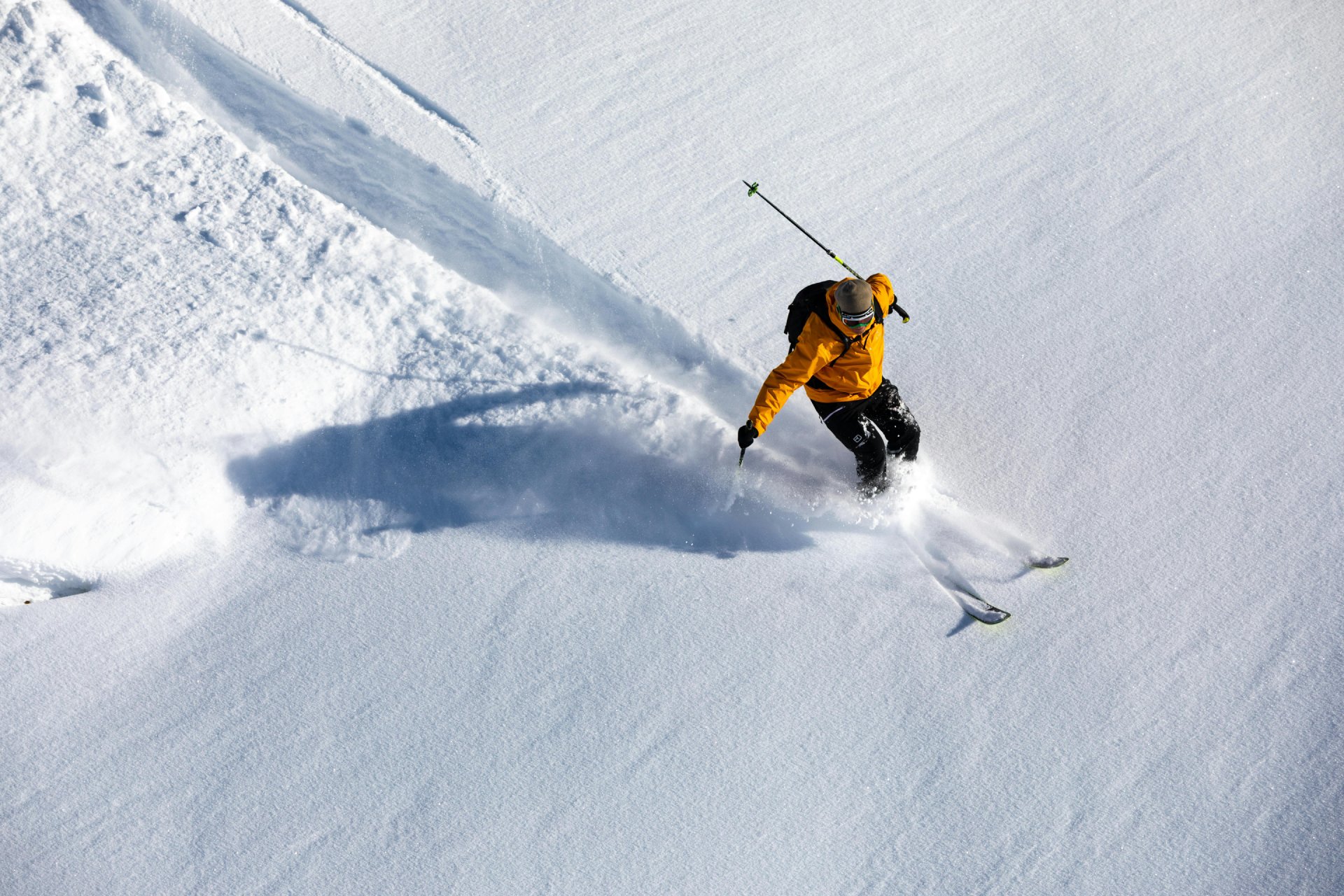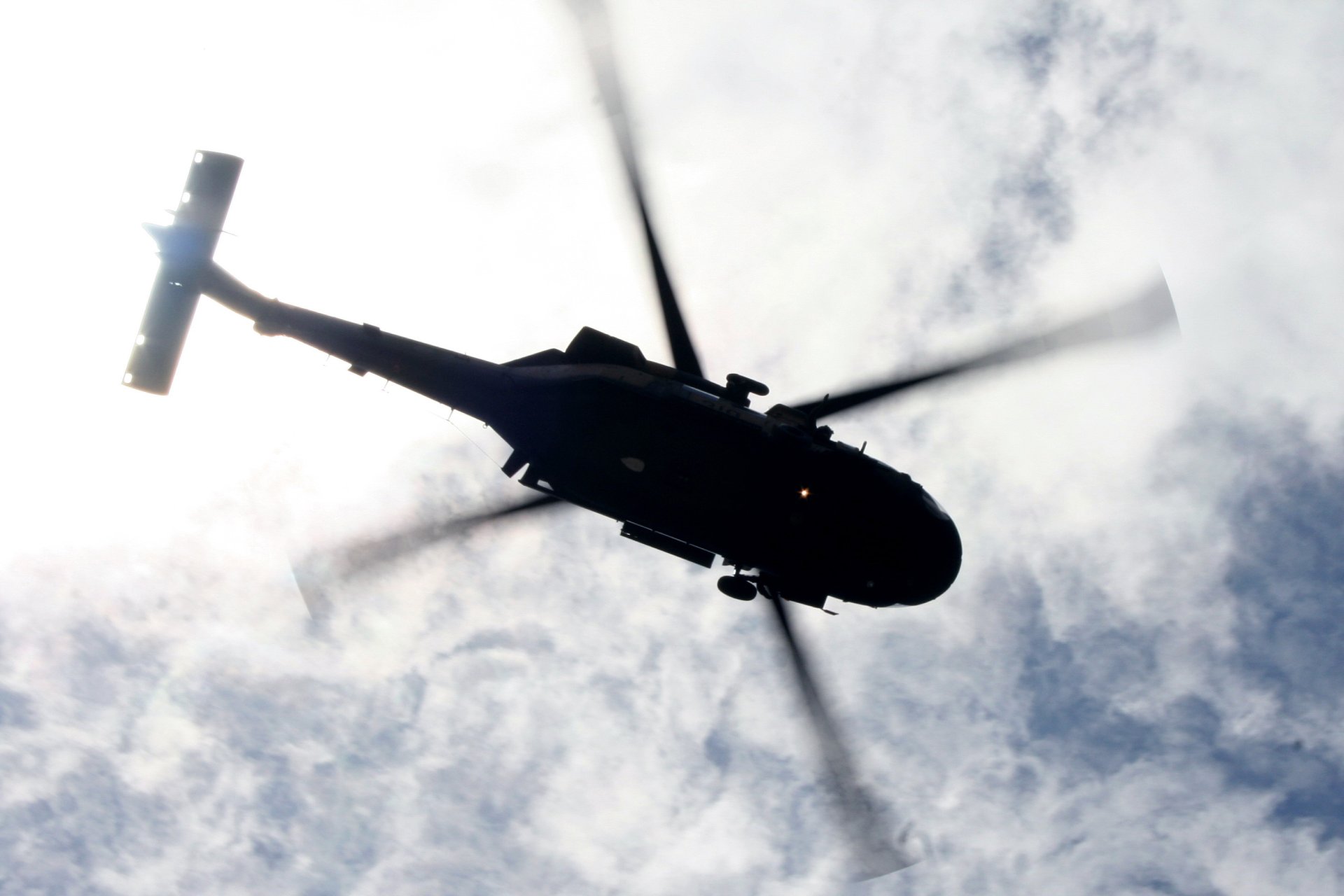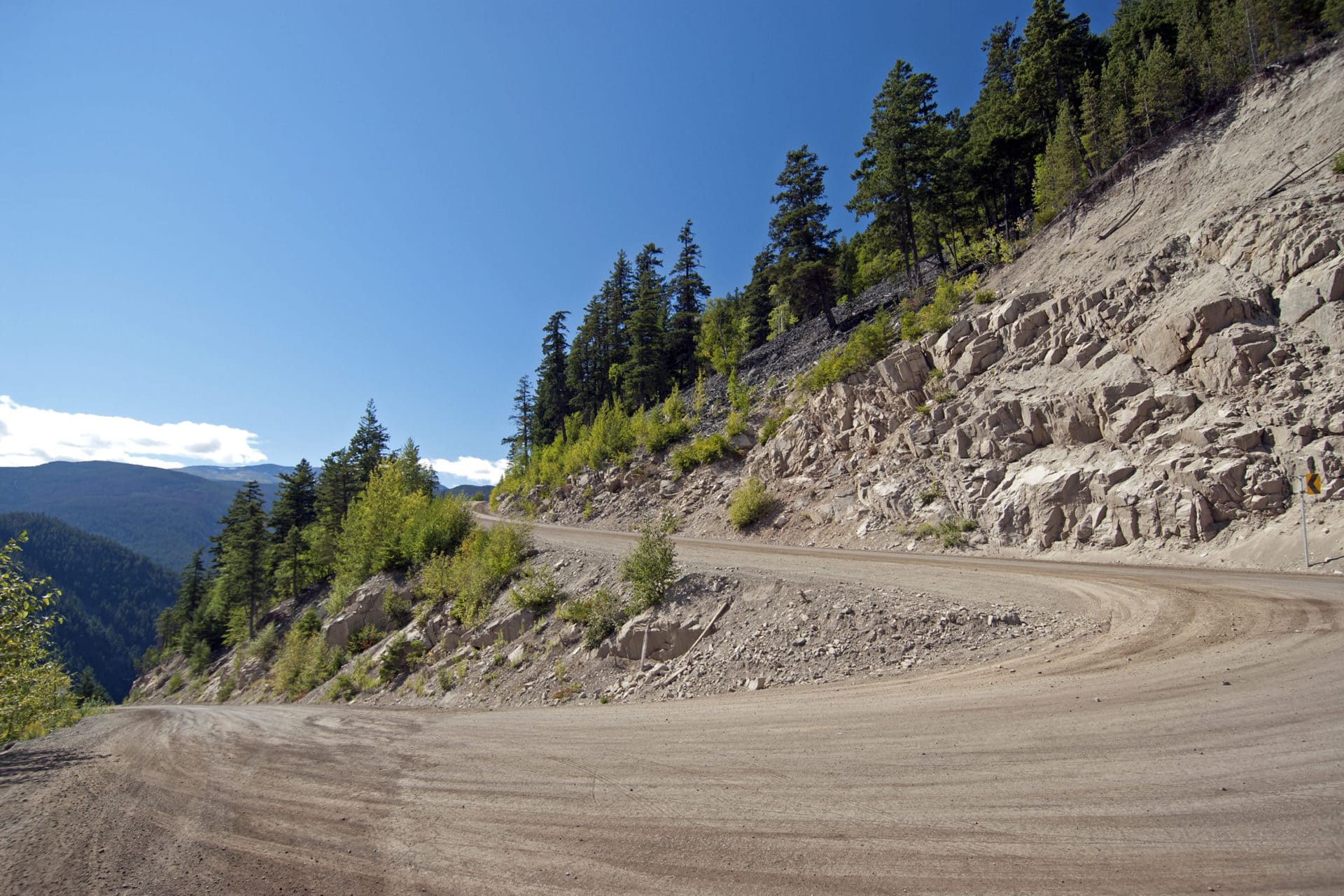Two of the more popular high-altitude “starter mountains” for climbers are Aconcagua and Kilimanjaro, and the best time to climb them is between November and March. This edition of Mission Briefs highlights Global Rescue’s operations on those mountains.
Ascending Mount Kilimanjaro (19,341 feet/5,895 meters) is no easy task. While it It doesn’t require technical climbing skills, altitude is the greatest challenge to reach the summit of Africa’s highest peak. “While it’s true that Kilimanjaro is accessible to a wide range of people, adequate physical preparation is essential, especially for those without a background in hiking,” said Alex Altezza, CEO of Altezza Travel. “On Kilimanjaro, climbers typically walk 6-8 miles daily, and on the summit night, this can extend to 10-15 miles, with much of it uphill. Achieving this feat requires at least an average level of fitness.”
Summiting Aconcagua (22,837 feet/6,961 meters) is no less of a challenge. Outdoor adventure safety expert and longtime mountaineering author Jed Williamson, a member of Global Rescue’s Mountain Advisory Council, said Aconcagua is an ideal beginner’s high-altitude climb but only if individuals acclimatize well. “The mountain range has easier access and logistics, but it is not to be taken lightly,” he said.
[Related Reading: Aconcagua: The Mountain of Death]
Global Rescue deployed a team of medical operations and rescue specialists to the South American mountain to support rescue operations on the ground from January through mid-February. The deployment team includes high-altitude physician specialists, emergency nurse personnel and wilderness certified paramedics.
Wherever you go, Global Rescue services are not only for medical emergencies. Our members get real-time access to doctors, paramedics and nurses who will help sort out minor injuries or illnesses like snow blindness, frostbite, food poisoning, or acute mountain sickness. Membership also includes travel advice. Concerned about a storm warning? Need help with a local language barrier? Run out of a prescription? Our members are one call away from expert help.
Global Rescue has responded to the needs of travelers at home and abroad for 20 years. In a typical month, we perform hundreds of operations in dozens of countries. Below are highlights from some of our most recent operations in various locations.
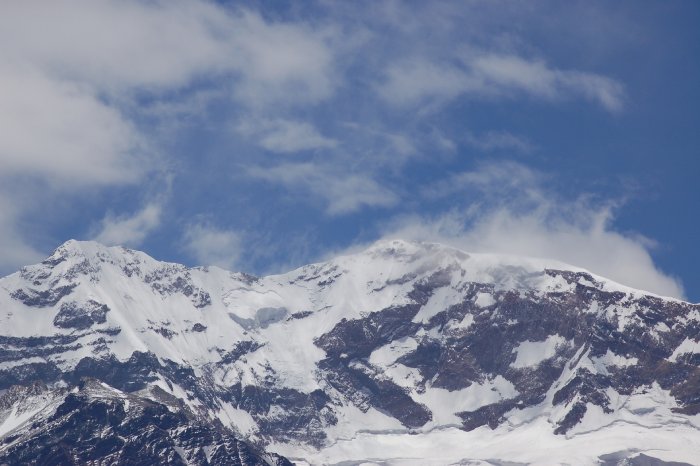
Frostbite and Snow Blindness on Aconcagua
A German member needed field rescue and medical evacuation after suffering snow blindness and severe frostbite on most of his fingers during an expedition on Aconcagua. We successfully evacuated him to a hospital in Mendoza capable of treating frostbite. He was admitted and treated for several days. Global Rescue medical operations personnel conducted follow-ups with him and, following a series of diagnostic tests, he decided to return to his home in Germany for further care. Due to the significance of his frostbite injury, and likely amputation, Global Rescue provided medical evacuation for him and his accompanying parent as a non-medical escort. The member confirmed that he would proceed to a hand specialist in Hamburg when he arrived in Germany and that the facility was aware of his injury. He arrived safely in Germany with plans to have a follow-up evaluation for further care and treatment.
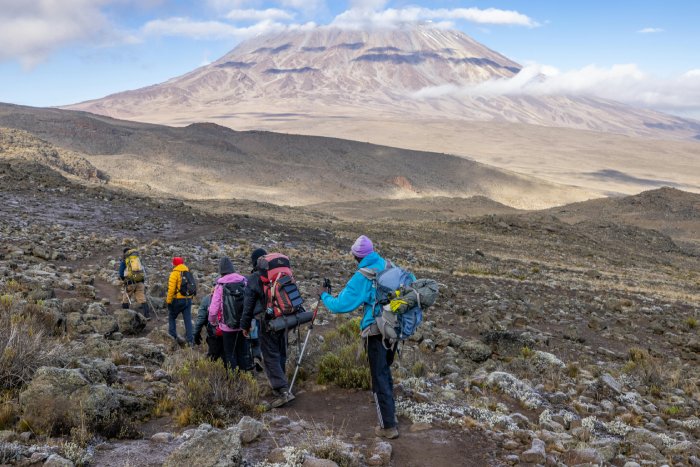
Coughing Up Blood on Kilimanjaro
A U.S. member needed field rescue after experiencing shortness of breath and vomiting blood while in Karanga Camp, Tanzania, for a summit attempt on Kilimanjaro. Global Rescue medical operations spoke with him and the expedition guide, and confirmed the member’s cough produced blood-tinged phlegm, and that his beathing difficulty had started earlier in the day. Due to the severity of his condition, Global Rescue medical operations personnel initiated a helicopter field rescue. The member was successfully evacuated and evaluated at a local hospital in Arusha where he was diagnosed with pneumonia and prescribed antibiotics. He was scheduled to return home in the U.S. to continue his recovery.
Breathing Difficulty at High-Altitude
During an attempt to summit Aconcagua, a U.S. member began suffering from weakness, labored breathing and oxygen desaturation. Expedition leaders contacted Global Rescue and, following an evaluation by medical personnel, the member was placed on a supplemental oxygen and given medication to treat his condition. His symptoms persisted despite treatment. Global Rescue arranged for an airborne medical transport off the mountain due to the ongoing severity of the member’s condition. He was successfully transported to a hospital where medical professionals evaluated and diagnosed him with HAPE. He was discharged later the same day following medical treatment.
Food Poisoning at High-Altitude
A U.S. member trekking on Aconcagua was experiencing signs and symptoms of AMS, possible food poisoning and ataxia. Global Rescue medical operations personnel and physicians with Extreme Medicine agreed the member’s condition merited an immediate transport off the mountain and arranged for a helicopter evacuation. She was safely transported by air and ground to a hospital in Mendoza where she was treated with paracetamol and confirmed with Global Rescue operations that her condition was improving. She planned to continue her recovery at her hotel until her return flight home.
Vomiting Blood on Kilimanjaro
A member’s spouse contacted Global Rescue and reported that her husband had been exhibiting signs of HAPE and vomiting blood for several days while in Kosovo Camp on Mount Kilimanjaro. Global Rescue medical operations personnel confirmed his condition was worsening following several episodes of hematemesis and initiated an airborne evacuation. He was successfully transported to a medical center for evaluation where he was diagnosed with a gastrointestinal bleed and severe high-altitude sickness. The member was admitted overnight for observation and treatment. Global Rescue operations continued to monitor and follow-up during his recovery. He was later discharged from the hospital and planned to continue with his planned return trip home where he will continue his recovery.
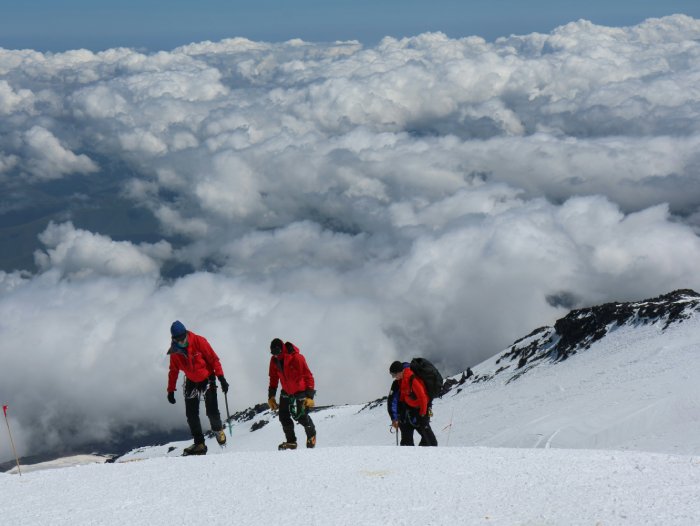
Multiple Cases of HAPE on Aconcagua
Aconcagua is not the highest mountain in the world, but at 22,837 feet/6,961 meters, it is the tallest peak outside the Himalaya and Karakoram ranges. Climbers can expect a mix of challenging conditions and stunning landscapes. The biggest mistake people make when it comes to climbing Aconcagua is misjudging the stamina required, according to mountaineering legend and a member of Global Rescue’s Mountain Advisory Council Ed Viesturs.
Even when climbers have planned and prepared for a high-altitude ascent, Aconcagua and its altitude can overwhelm climbers and trekkers.
[Related Reading: Struggling To Breathe on Aconcagua]
A U.S. member was diagnosed with HAPE and needed an airborne evacuation off the mountain. He was successfully transported to a hospital for 24 hours of observation due to his respiratory issues. He was eventually discharged with a diagnosis of HAPE and was recommended not to travel by air for a few days.
Another member contacted Global Rescue operations and reported that he had HAPE while on Aconcagua. Physicians evaluated him and diagnosed HAPE, triggering an immediate helicopter evacuation. The member was successfully transported to a hospital in Mendoza and underwent a CT scan. The results were clear of any medical issues, and he was released from the hospital to continue his recovery at his hotel in Mendoza.
A member from the U.K. was diagnosed with HAPE during a routine check-up on the mountain. He had bibasil crackles (gurgling sounds from the lungs) and his oxygen saturation was 69%, well below normal levels of 95% or higher. Global Rescue initiated airborne and ground transport for the member to a hospital in Mendoza, where he was evaluated and diagnosed with pulmonary edema. He was subsequently discharged to continue his recovery.
Another U.K. member was experiencing shortness of breath, weakness, exhaustion and suspected HAPE. A member of the expedition team contacted Global Rescue operations requesting a field rescue due to the severity of the member’s condition. Global Rescue medical operations personnel evaluated his condition and initiated an airborne transport off the mountain with ground transport to a hospital. The member was evaluated by a treating physician and diagnosed with HAPE. His conditions improved quickly at the lower altitude.

